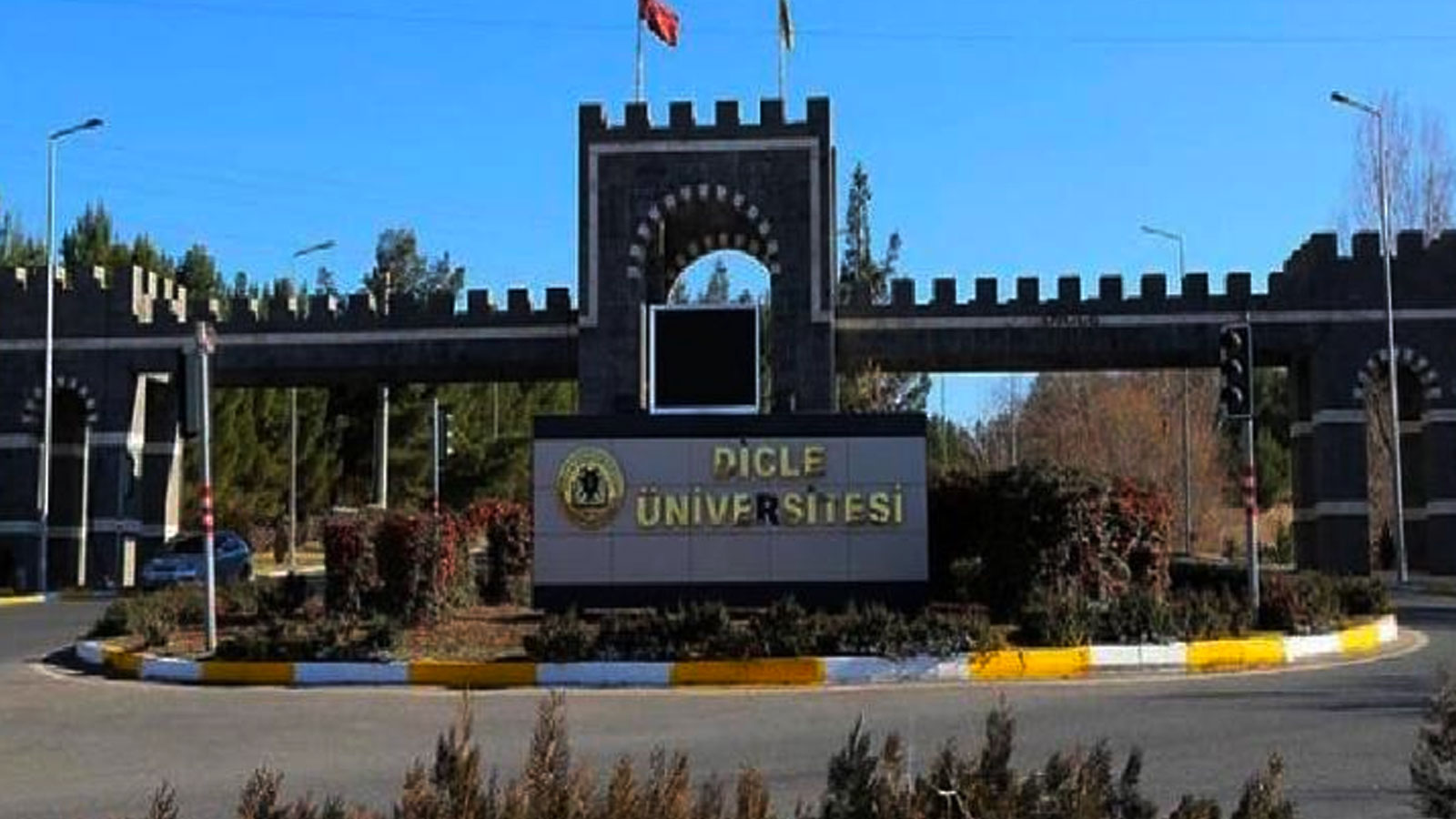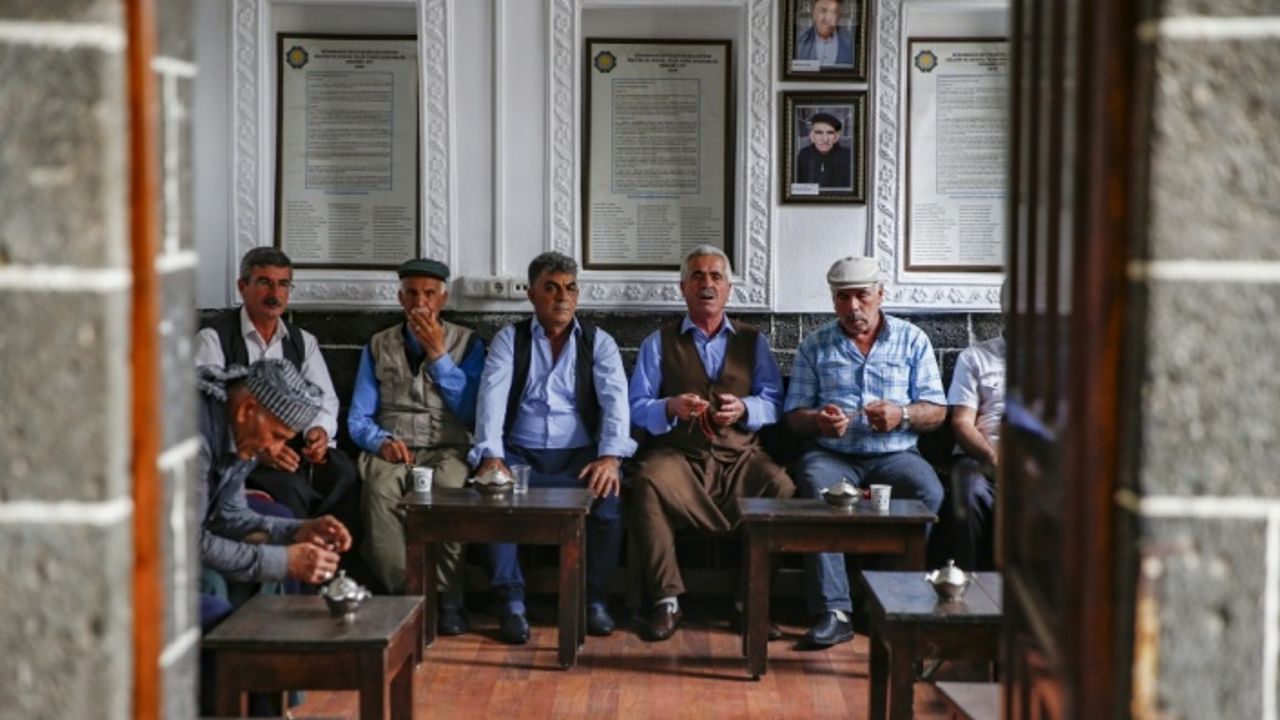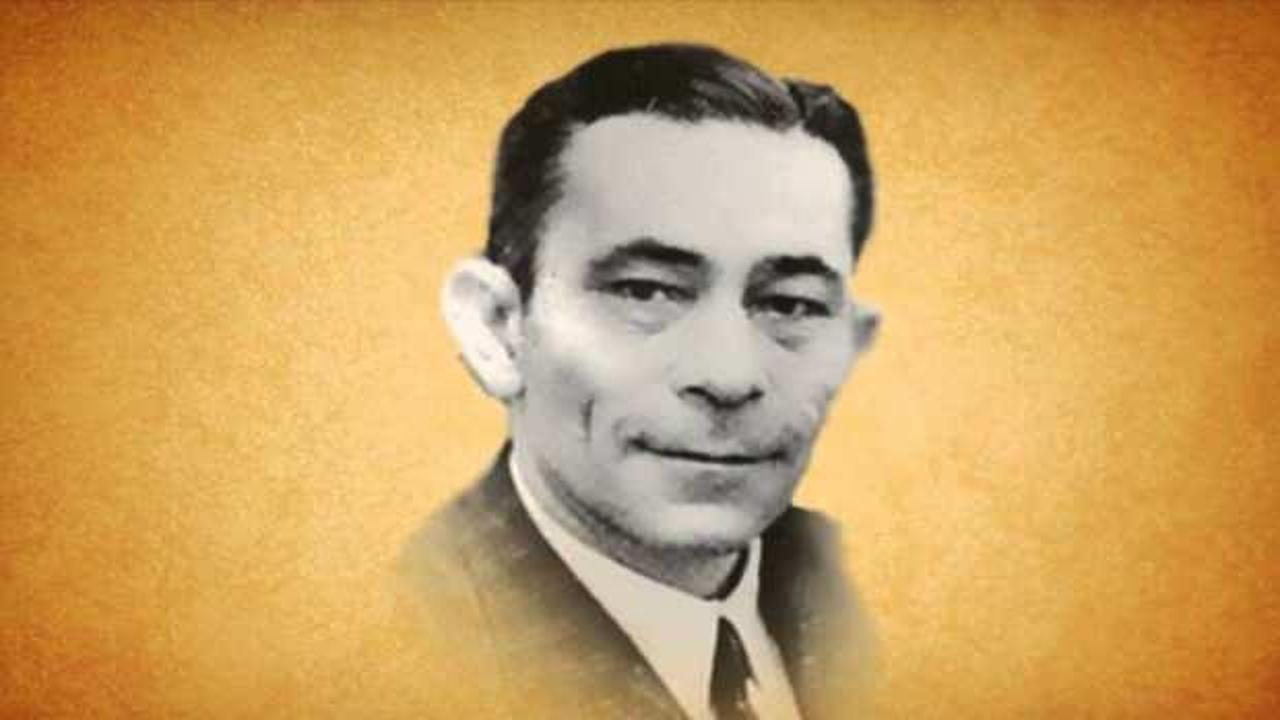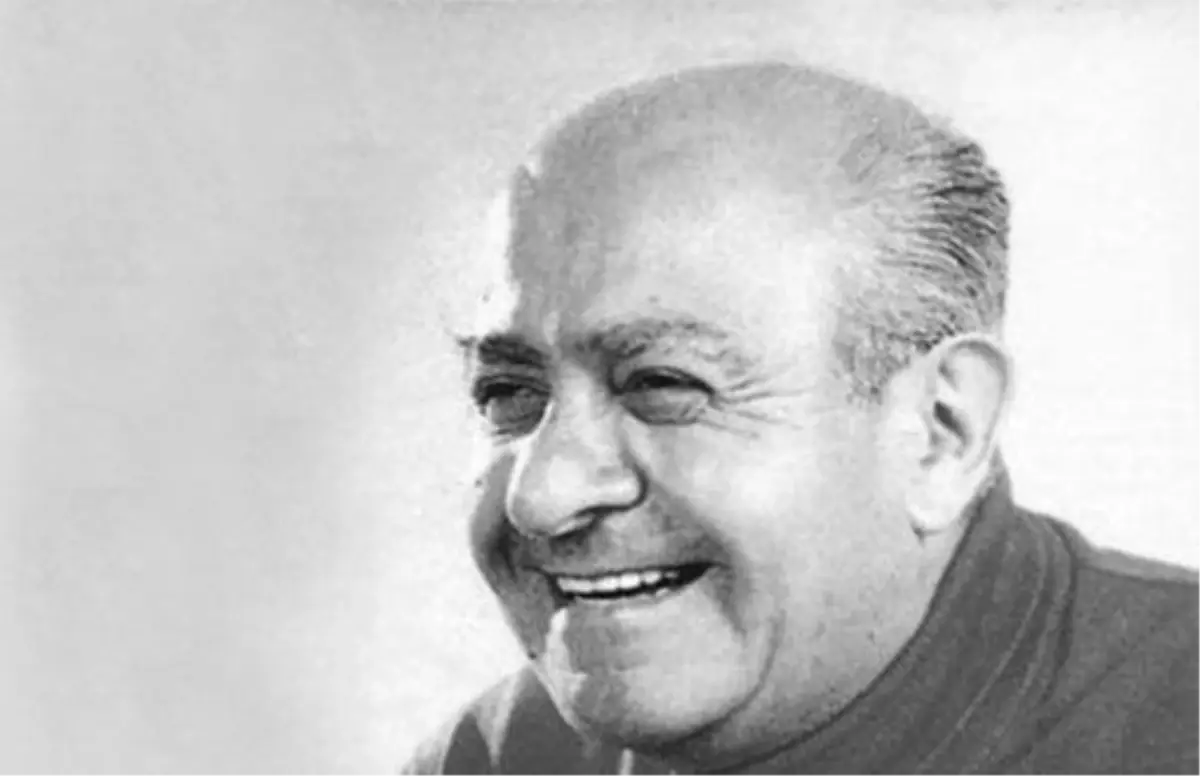Beneath the fierce sun of Upper Mesopotamia, Diyarbakır rises like a timeless sentinel, its black basalt walls whispering tales of empires, poets, and pilgrims.
Table of Contents

Introduction
Here, history is not confined to museums — it breathes in the streets, it hums in ancient songs, it steams from the kitchens of family homes.
From the murmuring Tigris River to the soaring arches of the Great Mosque, Diyarbakır offers a journey where the past and present dance side by side in stubborn, beautiful defiance.

The Architectural Marvels of Diyarbakır
Diyarbakır’s identity is inseparable from its extraordinary architecture — from its world-renowned basalt walls to its ancient mosques, caravanserais, and hidden gardens. Walking through the city’s historic heart is like stepping into a layered archive where Roman, Byzantine, Islamic, and Ottoman worlds converge in stone.
Let’s explore the enduring symbols of this magnificent city:

The Mighty Diyarbakır City Walls
Encircling the old city with near-mythical strength, the Diyarbakır City Walls stretch over 5.5 kilometers and rank among the best-preserved fortifications in the world.
Built primarily in the 4th century during the reign of Constantius II, these imposing walls of dark volcanic basalt feature 82 watchtowers and four monumental gates, each adorned with inscriptions and reliefs from different civilizations.
Highlights to Discover
🔹Ancient inscriptions in Latin, Greek, and Arabic.
🔹Stunning views over the Tigris River and Hevsel Gardens from the ramparts.
🔹The legendary Dragon Bastion (Ejderha Burcu), associated with local myths of heroism and protection.
The experience of walking atop these walls, especially at sunset, is unforgettable — a powerful connection to thousands of years of human endeavor.

The Hevsel Gardens: Diyarbakır’s Green Lifeline
Beyond the eastern walls, stretching down towards the Dicle (Tigris) River, lie the lush Hevsel Gardens — a fertile oasis that has sustained Diyarbakır since ancient times.
Mentioned in Assyrian chronicles and prized during every era since, these gardens provided food, water, and tranquility for generations.
Why They Matter
🔹UNESCO World Heritage status alongside the city walls.
🔹Traditional farming practices still in use today.
🔹Home to rich birdlife, fig trees, and the city’s famed watermelons.
Today, a stroll along the garden paths offers peace and a deep sense of connection to nature’s timeless generosity.

The Great Mosque of Diyarbakır (Ulu Cami)
Built in 1091 on the remains of an earlier Christian basilica, the Great Mosque of Diyarbakır is a masterpiece of Islamic architecture in Anatolia.
Its robust black-and-white striped stonework reflects the city’s signature style, and the vast courtyard echoes the grandeur of the Umayyad Mosque of Damascus.
Features to Admire
🔹Intricate Seljuk-era stone carvings.
🔹Four madrasahs representing the major Sunni schools of thought.
🔹A dignified, minimalist prayer hall that inspires awe through its simplicity.
Considered the fifth holiest site in Islam, the Ulu Cami remains an active place of worship and a symbol of Diyarbakır’s enduring spiritual life.

Caravanserais, Churches, and Hidden Treasures
Diyarbakır’s maze-like streets are dotted with relics from different epochs, blending Islamic, Christian, and folk traditions.
Must-See Spots
🔹Hasan Paşa Hanı: A 16th-century Ottoman caravanserai where today visitors can sip Turkish coffee under the old arcades.
🔹Suluklu Han: A beautifully restored han now housing atmospheric cafés and cultural events.
🔹St. Giragos Armenian Church: Once the largest Armenian church in the Middle East, recently restored to reflect the city’s diverse past.
🔹Virgin Mary Syriac Orthodox Church: Still active, preserving centuries of Christian worship.
Each of these hidden gems reveals another chapter of Diyarbakır’s unique and intertwined narrative.

Tracing the Layers of Diyarbakır’s History
Diyarbakır is not a city that tells a single story — it is a place where countless civilizations have risen, fallen, and left their mark. From ancient Amida to the modern metropolis it has become, each era has woven its own thread into the rich mosaic of Diyarbakır’s identity.
Let’s journey through its incredible past:
The Origins of Diyarbakır: From Amida to Islamic Rule
 Diyarbakır’s earliest roots reach back to Neolithic times, evidenced by settlements like Çayönü, where some of humanity’s first organized communities took form.
Diyarbakır’s earliest roots reach back to Neolithic times, evidenced by settlements like Çayönü, where some of humanity’s first organized communities took form.
Known as Amida during Roman and Byzantine rule, the city became a strategic fortress city, celebrated for its invincible black stone walls.
With the Arab conquests in the 7th century, Amida transformed into Diyār Bakr, meaning “land of the Bakr tribe,” laying the foundation for the Islamic character that defines much of the city today.
Diyarbakır Under Ottoman Influence
 Absorbed into the Ottoman Empire in 1515, Diyarbakır became the heart of the vast Diyarbekir Eyalet.
Absorbed into the Ottoman Empire in 1515, Diyarbakır became the heart of the vast Diyarbekir Eyalet.
The Ottomans fortified the city’s defenses, built grand mosques and bustling caravanserais, and fostered a vibrant multicultural society where Kurds, Turks, Armenians, Arabs, and Jews lived side by side.
The Republican Era and Modern Transformations
 Following the collapse of the Ottoman Empire, Diyarbakır became a key part of the new Turkish Republic.
Following the collapse of the Ottoman Empire, Diyarbakır became a key part of the new Turkish Republic.
While facing periods of hardship and migration, the city’s cultural vitality remained intact.
Today, Diyarbakır stands proudly as a center of cultural, political, and social life in southeastern Turkey, preserving its heritage while embracing the future.

Living Culture: Diyarbakır Today
Beyond its ancient walls and monuments, Diyarbakır thrives as a living, breathing city. The spirit of resilience, creativity, and vibrant social life can be felt everywhere — in its bustling streets, university campuses, art spaces, and the daily rituals of its warm-hearted people. This is not merely a museum-city; it is a dynamic place where tradition and modernity coexist harmoniously.

The Vibrant Streets of Modern Diyarbakır
Today’s Diyarbakır pulses with energy, especially beyond the historic Sur district.
New neighborhoods such as Ofis and Yenişehir have become hubs for cafés, bookstores, galleries, and boutiques that reflect a youthful and artistic spirit.
Highlights to Experience
🔹Artisan markets selling handmade jewelry and textiles.
🔹Stylish cafés where young locals debate politics and poetry over strong tea.
🔹Street murals and public art projects that color the walls with messages of hope and identity.
Whether you’re sipping Kurdish coffee at a hidden café or browsing secondhand bookstores, you’ll find that Diyarbakır is as much about the future as it is about the past.

Dicle University and the Academic Spirit
Founded in 1974, Dicle University has become a major intellectual and cultural force in southeastern Turkey.
With tens of thousands of students from diverse backgrounds, the university adds youthful vibrancy to the city and fosters an environment where arts, sciences, and social activism flourish.
Why It Matters
🔹Numerous cultural festivals, symposiums, and conferences hosted throughout the year.
🔹A symbol of Diyarbakır’s investment in education and its aspirations for a progressive future.
🔹Many cafés and cultural venues near the campus create lively spaces for academic and creative exchange.
Dicle University not only shapes the city’s educational landscape but also nurtures its dynamic, forward-looking spirit.

Cultural Heritage and Traditions
Diyarbakır’s true essence lies not only in its stones and monuments, but also in its living traditions — stories, songs, celebrations, and shared memories that have been carefully preserved across generations. Here, ancient rituals blend seamlessly with daily life, creating a rich and colorful cultural mosaic.

Dengbêj Storytelling: The Voice of a People
Among Diyarbakır’s most precious cultural treasures is the tradition of Dengbêj, the ancient art of Kurdish oral storytelling.
Without instruments or written texts, Dengbêj performers recount epic tales of love, heroism, and sorrow in hypnotic melodies, carrying the collective memory of the people.
What Makes Dengbêj Unique
🔹Stories are performed entirely through vocal intonation and rhythm.
🔹Themes often include exile, honor, longing, and historical battles.
🔹The tradition is preserved at the Dengbêj House (Dengbêj Evi), where visitors can listen to live performances.
Listening to a Dengbêj singer in a quiet courtyard is an unforgettable experience — a direct connection to an ancient storytelling tradition that still lives today.

Festivals and Celebrations: The Spirit of Diyarbakır
Festivals in Diyarbakır are moments when the city’s vibrant cultural identity shines at its brightest.
From the fields outside the old city to the bustling squares, celebration pulses through the air during key moments of the year.
Unmissable Festivals
🔹Newroz Festival (March 21st): The Kurdish New Year, marked with bonfires, traditional dress, music, and mass celebrations symbolizing rebirth and freedom.
🔹Watermelon Festival: A fun summer event celebrating Diyarbakır’s famously giant watermelons, featuring competitions and tastings.
🔹Ramadan Evenings: Streets light up with lively food bazaars, nightly prayers, and festive gatherings.
Each festival offers a glimpse into the soul of the city — joyful, proud, and deeply rooted in tradition.

Religious Diversity: A City of Coexistence
For centuries, Diyarbakır was a mosaic of religious communities living side by side.
Muslims, Christians (both Armenian and Syriac), and Jews all left their imprint on the city’s spiritual and architectural landscape.
Symbols of Diversity
🔹Mosques: Like the Great Mosque and countless neighborhood mosques blending Seljuk and Ottoman styles.
🔹Churches: Including St. Giragos Armenian Church and the Virgin Mary Syriac Orthodox Church, still active today.
🔹Synagogues: Though few remain, Diyarbakır once had a thriving Jewish community, especially near the Sur district.
This rich spiritual heritage adds another profound layer to Diyarbakır’s enduring charm — a city where faiths once flourished together.

Legends and Folklore of Diyarbakır
Beneath the stones of Diyarbakır lie not only the marks of history, but also the whispers of ancient legends.
The city’s epic walls, fertile gardens, and rugged landscapes have given birth to stories that still captivate the imagination of its people — tales of dragons, hidden kings, and sacred mountains.

The Dragon Stone and the Myth of Protection
One of the most enduring legends of Diyarbakır centers around the Dragon Bastion (Ejderha Burcu), a tower along the ancient walls adorned with unique reliefs.
Local folklore tells of a fearsome dragon that once terrorized the region, poisoning the fields and rivers.
A heroic warrior, blessed by divine spirits, confronted and slew the dragon, thus saving the people.
In gratitude, the citizens carved the image of the dragon onto the bastion to immortalize their victory and to symbolically guard the city forever.
Legacy of the Legend
🔹The Dragon Stone is seen as a talisman of protection and strength.
🔹It represents Diyarbakır’s resilience against all external threats.
🔹Some elders still share the story with children as a lesson in courage and perseverance.

The Mystery of Karacadağ: The Cradle of Wheat
Just southwest of Diyarbakır rises Karacadağ, a dormant volcanic mountain shrouded in myth.
Archaeologists suggest that this is one of the regions where wheat was first domesticated over 10,000 years ago — a true cradle of agriculture.
Local legends, however, offer even more magical explanations:
It is said that Karacadağ was blessed by ancient spirits, who taught the early humans how to cultivate the land, ensuring that Diyarbakır would become a place of abundance and life.
Why Karacadağ Matters
🔹Scientifically, it’s a key site for understanding the origins of agriculture.
🔹Mythologically, it embodies Diyarbakır’s deep connection to the earth and sustenance.
🔹Hikers today still revere Karacadağ as a sacred place, especially during seasonal pilgrimages and local festivals.

Nature and Outdoor Experiences Around Diyarbakır
While Diyarbakır’s monumental walls and ancient streets often steal the spotlight, the surrounding landscapes offer breathtaking natural experiences. From riverside promenades to sacred mountains and soothing hot springs, the region’s raw beauty is an essential part of the Diyarbakır experience.

Dicle River Promenades: Serenity Along the Water
The Dicle (Tigris) River, which has sustained civilizations for millennia, still offers a place of peace and reflection for modern visitors.
In recent years, riverfront parks and walking trails have been developed, providing scenic spots to enjoy Diyarbakır’s natural beauty.
Things to Experience by the River
🔹Leisurely walks at sunset with panoramic views of the city walls.
🔹Riverside cafés where you can sip tea while watching fishermen at work.
🔹Birdwatching opportunities, especially near the edges of the Hevsel Gardens.
Few things are more relaxing than sitting by the Tigris, feeling the ancient flow of life passing beside you.

Karacadağ’s Natural Beauty: Land of Legends and Wild Landscapes
Beyond its legendary past, Karacadağ today is a wonderland for nature lovers.
This extinct volcano offers rugged hiking trails, panoramic viewpoints, and untouched rural villages where time seems to stand still.
Why Visit Karacadağ
🔹Hike through rolling fields of wild wheat — considered the “mother of all wheat.”
🔹Enjoy springtime blossoms that transform the landscape into a sea of green and gold.
🔹Encounter traditional nomadic shepherd communities preserving ancient ways of life.
Karacadağ’s raw beauty and sacred aura make it one of the hidden treasures of southeastern Anatolia.

Çermik Hot Springs: Nature’s Healing Touch
Located about 30 minutes from Diyarbakır, the district of Çermik is famous for its thermal hot springs.
The mineral-rich waters here have been prized since Roman times for their therapeutic properties, offering visitors a chance to relax and rejuvenate.
What Awaits You at Çermik
🔹Natural thermal pools said to soothe skin conditions and muscle aches.
🔹Small boutique hotels and wellness centers built around traditional baths.
🔹A perfect day-trip for travelers seeking both nature and relaxation.
After a long day of exploring Diyarbakır’s historical heart, a soak in Çermik’s warm waters feels like a return to balance and calm.

Local Cuisine of Diyarbakır
Diyarbakır’s cuisine is as bold, rich, and layered as its history.
Blending Mesopotamian, Kurdish, Arab, Armenian, and Turkish influences, the city’s culinary traditions offer a feast of flavors that ignite the senses and tell stories of ancient kitchens and family tables.
Food here is not just sustenance — it’s celebration, hospitality, and a powerful symbol of identity.

Signature Dishes to Try
Ciğer Kebabı
Grilled liver skewers with salt and chili, served with parsley, onions, and flatbreads — a beloved and essential breakfast in Diyarbakır.
Meftune
A hearty Diyarbakır stew of lamb or beef with eggplants, tomatoes, garlic, and tart sumac, offering rich yet refreshing flavors.
Kaburga Dolması
Tender lamb ribs stuffed with spiced rice, nuts, and fruits, then slow-cooked to perfection — a festive and unforgettable Diyarbakır specialty.
Mumbar Dolması
Lamb intestines stuffed with seasoned rice and meat, delivering a richly spiced, earthy flavor — a true delicacy for adventurous eaters.
Çiğ Köfte
Diyarbakır’s fiery, spicy bulgur version of çiğ köfte is especially addictive, best enjoyed wrapped in fresh, crisp lettuce leaves.
Duvaklı Pilav
A savory layered pilaf of minced meat, fragrant spices, and buttery rice, traditionally prepared for weddings and festive gatherings.
Burma Kadayıf
A rich, crunchy pastry filled with walnuts or pistachios and soaked in syrup, best enjoyed with a small cup of strong menengiç coffee.

Authentic Spots for Real Flavors
While the streets of Diyarbakır are lined with eateries, seeking out authentic spots where locals gather guarantees a deeper culinary experience.
Ciğerciler in Sur District
Some of the best liver kebabs are grilled right on the streets of Sur — smoky, fresh, and full of character.
Traditional Kebab Houses
Family-run restaurants around Dağkapı Square offer excellent meftune, tirit, and kaburga dolması.
Hasan Paşa Hanı Courtyard
For a more relaxed experience, enjoy a leisurely breakfast with local cheeses, olives, and fresh-baked flatbreads under the arches of this historic caravanserai.
🗺️ Pro tip: Food is everywhere in Diyarbakır — from sizzling grills in alleyways to multi-generational pastry shops — and sharing a meal is perhaps the most intimate way to connect with the spirit of this unforgettable city.

Famous Figures from Diyarbakır
Throughout history, Diyarbakır has not only been a cradle of civilizations but also a birthplace of remarkable individuals whose ideas, poetry, and contributions have shaped Turkish and Kurdish cultural life.
Exploring the legacies of these figures offers a deeper understanding of the city’s intellectual and artistic soul.

Ziya Gökalp (1876–1924): The Architect of Turkish National Thought
Born in Diyarbakır, Ziya Gökalp became one of the most influential thinkers of early 20th-century Turkey.
A sociologist, writer, and political activist, he was instrumental in shaping the ideological foundation of the new Turkish Republic.
Gökalp advocated for a synthesis of Western modernization with Turkish cultural values, emphasizing national unity, secularism, and education.
His Legacy
🔹His writings continue to influence Turkish sociopolitical discourse.
🔹His childhood home in Diyarbakır has been preserved as the Ziya Gökalp Museum, open to visitors seeking to understand his early inspirations.

Cahit Sıtkı Tarancı (1910–1956): The Poet of Melancholy and Time
Cahit Sıtkı Tarancı, born into a prominent family in Diyarbakır, is celebrated as one of Turkey’s most beloved poets.
His lyrical verses explore themes of love, existential anxiety, the passage of time, and the bittersweet nature of life.
Why He Matters
🔹His poem “Age Thirty-Five” (Otuz Beş Yaş) remains a classic of Turkish literature, often memorized by schoolchildren.
🔹His beautifully preserved family home now serves as the Cahit Sıtkı Tarancı Cultural Museum, offering insight into both the poet’s life and traditional Diyarbakır domestic architecture.

Ahmed Arif (1927–1991): The Voice of Resistance and Longing
Ahmed Arif, a Kurdish-Turkish poet born in Diyarbakır, is renowned for his emotionally charged and politically resonant poetry.
His only poetry collection, “Hasretinden Prangalar Eskittim” (“I Have Worn Out Chains From Your Longing“), has achieved legendary status in Turkish literature.
Key Aspects of His Work
🔹Powerful expressions of love, exile, oppression, and dignity.
🔹Deeply rooted in the culture, suffering, and resilience of southeastern Anatolia.
🔹His life and works are commemorated at the Ahmed Arif Literature Museum in Diyarbakır.
Ahmed Arif’s verses continue to inspire movements for freedom, cultural pride, and human rights across Turkey and beyond.

Is Diyarbakır Safe for Visitors Today?
It’s natural for visitors to have questions about safety when planning a trip to Diyarbakır, given its complex recent history.
Today, Diyarbakır welcomes travelers with open arms, offering a rich, rewarding, and safe experience for those eager to explore its timeless heritage and living culture.
Vibrant and Alive
🔹In recent years, Diyarbakır’s historic districts, cultural venues, and local businesses have undergone significant revitalization.
🔹The Sur district, once affected by conflict, has seen restoration efforts that have brought life back to its ancient streets and squares.
Warm Hospitality
🔹Travelers consistently report feeling extremely welcomed by the locals, who take great pride in sharing their city’s beauty and culture.
🔹Hospitality is deeply ingrained in the spirit of Diyarbakır, and visitors often leave with lasting friendships.
Practical Tips
🔹As in any large city, it’s wise to stay informed about local conditions and follow standard travel precautions.
🔹Stick mainly to the main historic areas, which are lively, patrolled, and filled with cafés, shops, and cultural sites.
🔹Engaging with local guides (like through The Other Tour) ensures an even safer, deeper, and more meaningful experience.

The Essence of Diyarbakır
Diyarbakır is a place where history lives not behind museum glass but in the streets, the songs, the food, and the faces of its people.
For travelers seeking authenticity, connection, and stories that stretch back to the dawn of civilization, Diyarbakır offers an unforgettable journey — one that feels profoundly human, and genuinely welcoming.

Experience Diyarbakır with Us
At The Other Tour, we believe that traveling is not just about seeing; it’s about feeling, connecting, and truly understanding a place.
Diyarbakır is not a destination to be rushed — it’s a city to be lived, to be tasted, to be listened to.
We invite you to step beyond the typical tourist routes and immerse yourself in the real Diyarbakır:
🔹 Walk along its mighty ancient walls at sunset, feeling the echoes of millennia.
🔹 Listen to the haunting songs of the Dengbêj in a quiet stone courtyard.
🔹 Share a meal of ciğer kebabı or meftune with locals who will treat you not as a guest, but as family.
🔹 Stroll the vibrant bazaars, sip strong Kurdish coffee, and hear stories that cannot be found in any guidebook. Whether you are passionate about history, culture, cuisine, nature, or simply authentic human experiences, we can craft a journey that brings Diyarbakır to life for you.
Whether you are passionate about history, culture, cuisine, nature, or simply authentic human experiences, we can craft a journey that brings Diyarbakır to life for you.
Get in touch with us today and let’s start planning your unforgettable adventure into the heart of Mesopotamia.
We can’t wait to share Diyarbakır’s timeless spirit with you.







